We begin our tour of the Summer Triangle with its brightest star; a blue-white star called Vega in the constellation of Lyra the Harp. Vega is the fifth brightest star in the sky. However, Lyra is a small unimpressive constellation placed between the band of stars of the Milky Way and Hercules. Looking closely, the constellation forms a small parallelogram that could pass for a two-stringed harp.
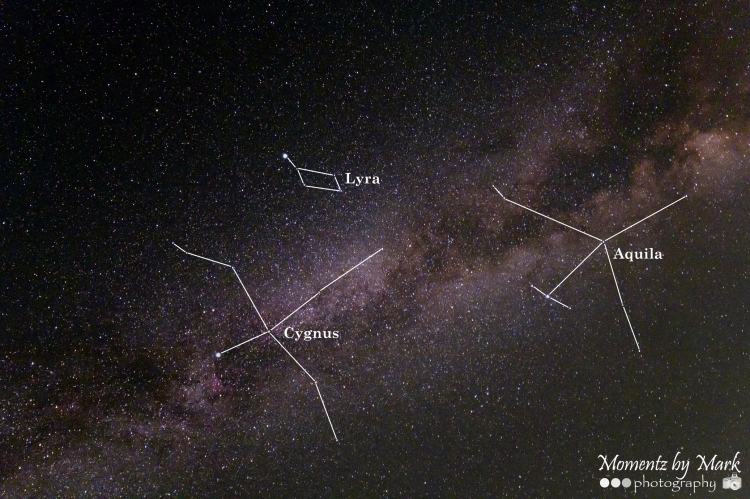
In mythology, Lyra represents the “harp” or “lyre” invented by Mercury and given to Apollo who, in turn, gave it to his son, Orpheus. The mythology tells us that Orpheus could play the most beautiful music ever heard. With his lyre he won the hand of the sea nymph Eurydice. Unfortunately, Eurydice was bitten by a poisonous snake, died, and was taken to Hades. Orpheus traveled to Hades and pleaded with Pluto, god of the underworld, to release Eurydice. Orpheus’ music was so compelling that Persephone, Pluto’s wife, urged Pluto to release her. Pluto agreed, but with one condition. Orpheus was instructed that as he and Eurydice made their way through the tunnels leading out of the dim underworld of the dead, not look back until they had reached the lit surface of Earth. Unfortunately, Orpheus did not keep his vow and momentarily looked back to see if Eurydice was still following behind him. As such, Eurydice was returned to the underworld. After the eventual and unfortunate death of Orpheus, his lyre was cast into the river Hebrus, where it continued to play sweet music. Jupiter retrieved the lyre and placed it among the stars, perhaps to provide the heavenly music of the spheres.
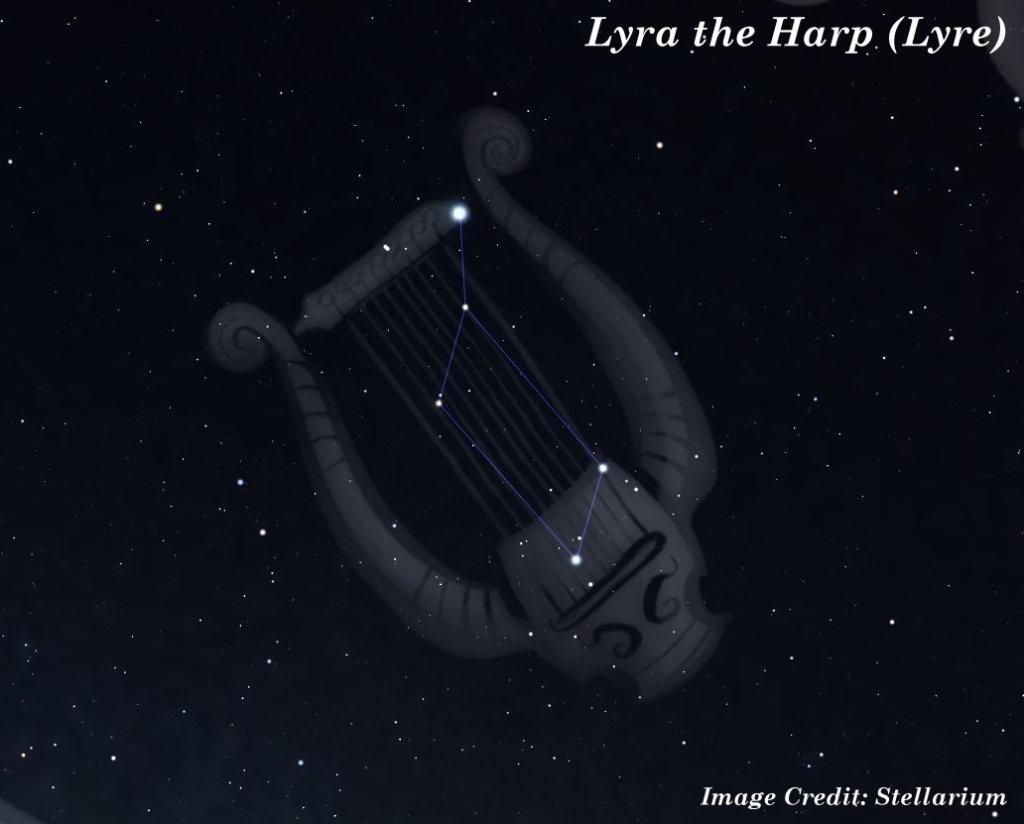
The most celebrated double star in the Lyra system is Epsilon Lyrae located about 1.5 degrees northeast of Vega. Epsilon is the famous “Double-Double” binary system. Two stars of magnitude 4.5 can just be seen over 200 arc seconds apart. These stars are true binary stars in orbit about each other. A telescope shows each to be double stars, with similar magnitudes and separations of 2.3 and 2.3 arc seconds.
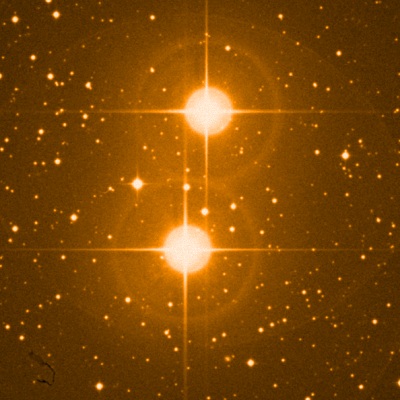
Lyra is famous for its Ring Nebula (M57), a small “planetary nebula” located between Beta and Gamma Lyrae. With a telescope, this 9th magnitude planetary appears as a delicate smoke ring about 1 arc minute in diameter. It was the first planetary nebula to be discovered (1772). Photographs show a 15th magnitude white dwarf star at its center. A planetary nebula has nothing to do with planets. It is an object in which a one- or two-solar mass star has ejected some of its mass into an expanding shell as the star begins to collapse to the dense white dwarf state that signals its death. This is the fate or death our Sun will begin to experience in about 5 billion years when its thermonuclear furnace runs out of fuel. The Ring Nebula is expanding away from its central star at about 12 miles per second. Astronomers estimate that the ejection of this gas took place about 20,000 years ago.
Enjoy! And Keep Looking Up!
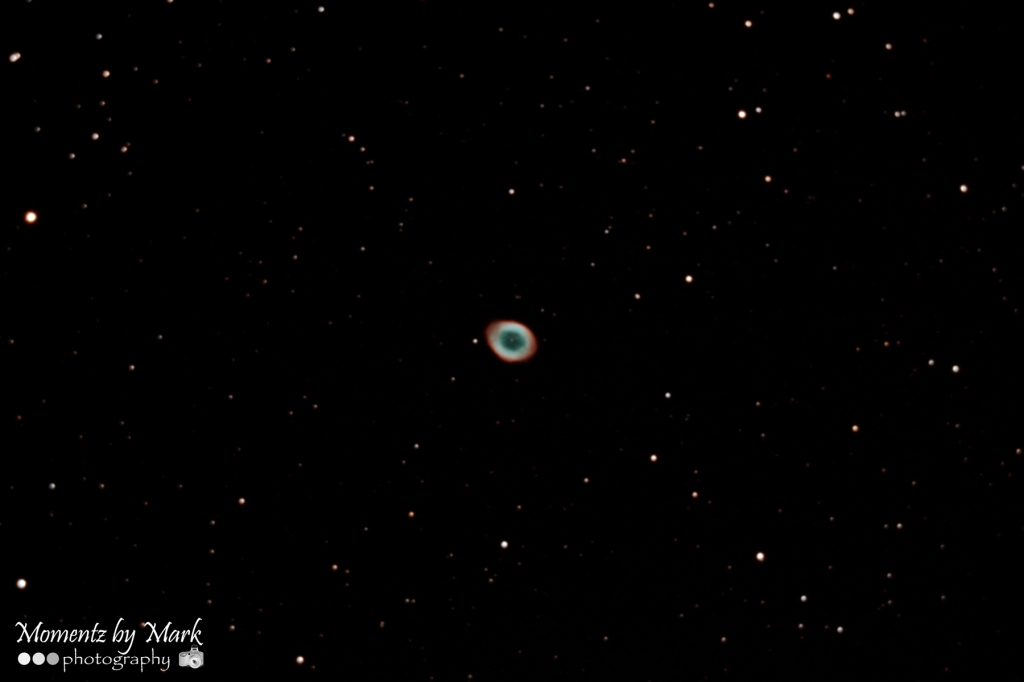
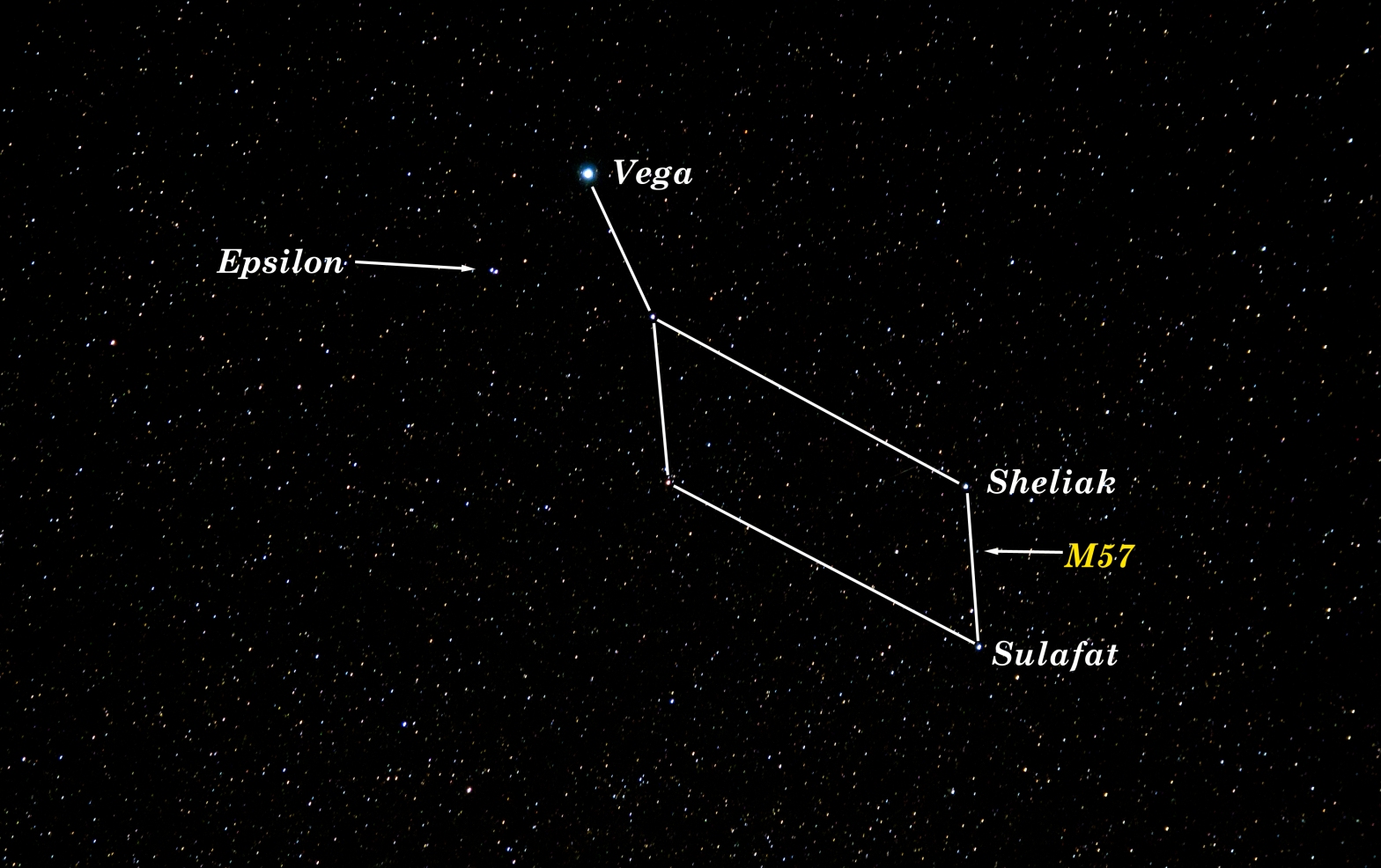
Looks like we’ve both been looking at M57!
LikeLiked by 1 person
I have in the past…not yet this summer. Too focused on Comet NEOWISE and looking between cloud gaps.
LikeLike
So cool! I find it fascinating that there are so many binary stars in the universe, and binary systems just make things even more interesting.
LikeLiked by 1 person